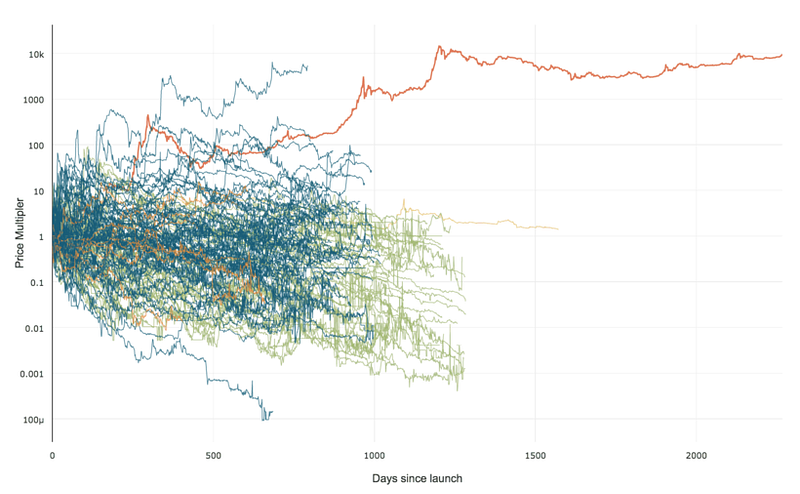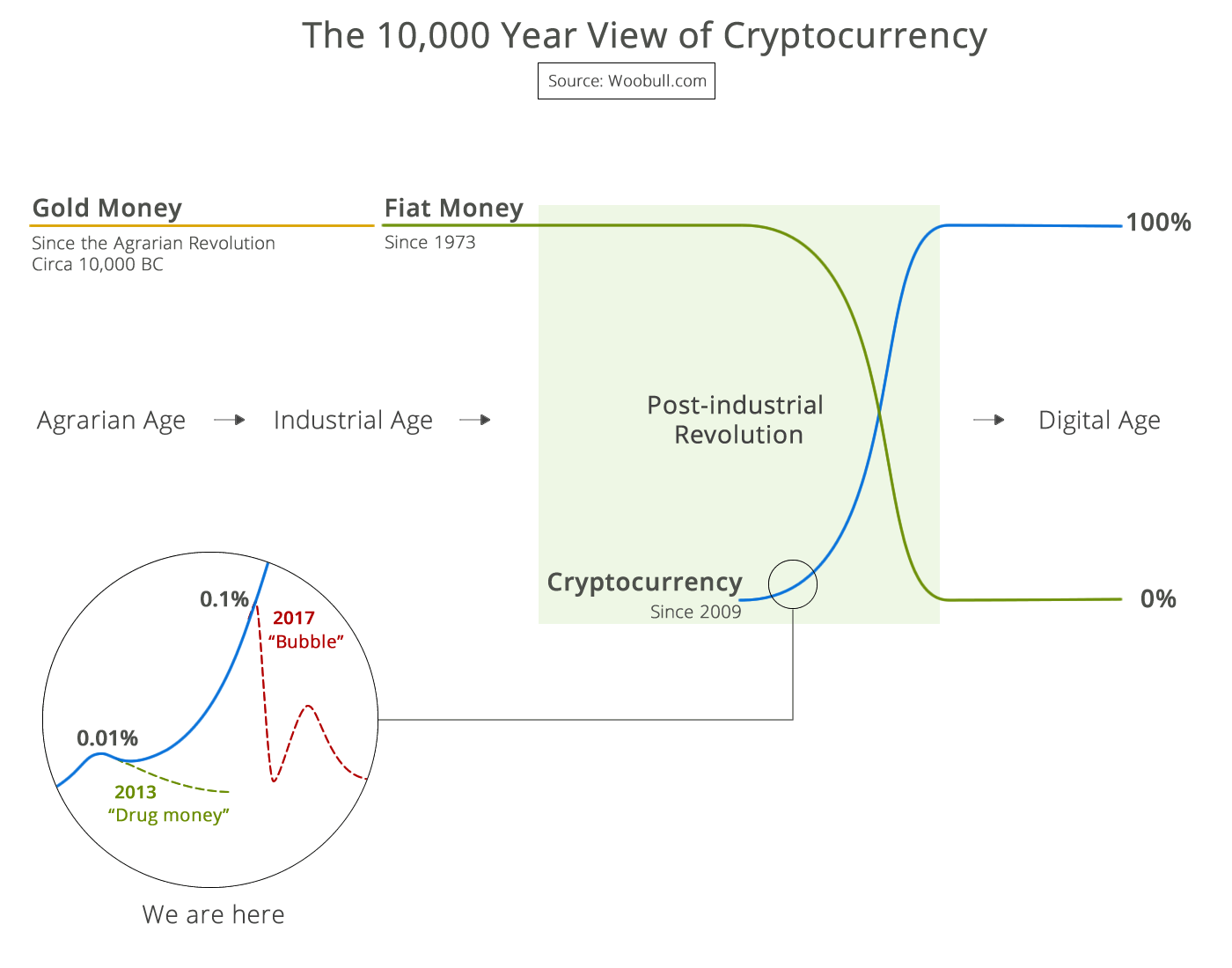A frustration with Microsoft’s Power Point began this topic. Before completing it, I realized that PowerPoint operates only as a portal into propensities people already harbor.
Knowledge on a topic resides in your head, and in your heart. Last years slide presentation doesn’t have it. A collection of overheads doesn’t have it. The e-mail you sent to John and Susan doesn’t have it.
Slide presentations and e-mails require that they be ephemeral. The following quote was lifeted from user miglia on contactsheet.org:
“In the past, the notes on the blackboard represented a summation. The teacher wasn’t writing all there was to know on the subject – that existed in books, papers, pictures, documents, films, and other archives. The teacher merely presented a synthetic overview of the corpus relevant to the lesson at hand.The teacher was able to do this (if they were a good teacher) because they had some mastery of that corpus. The notes on the board were ephemeral, epiphenomena of the narrative the teacher’s master caused him/her to weave around the source material. On reflection, this is why I got nervous about overhead projectors (OHP).
OHPs were more difficult to produce, and were produced in advance of the lesson. The teacher became preoccupied with the presentation of the OHPs, making sure they were laid out clearly and legible from the back of the class, as they would be unable to effect significant changes on the fly. They would have to prejudge very accurately the length of their talk, and the level of engagement of their audience. They would, in short, have come to see the production of the OHPs as the end in itself, rather than the summative mastery of the subject matter.”
I’m an advocate of the chalk-talk.

 99% of ICOs Will Fail
99% of ICOs Will Fail The 10,000 year view of cryptocurrency
The 10,000 year view of cryptocurrency